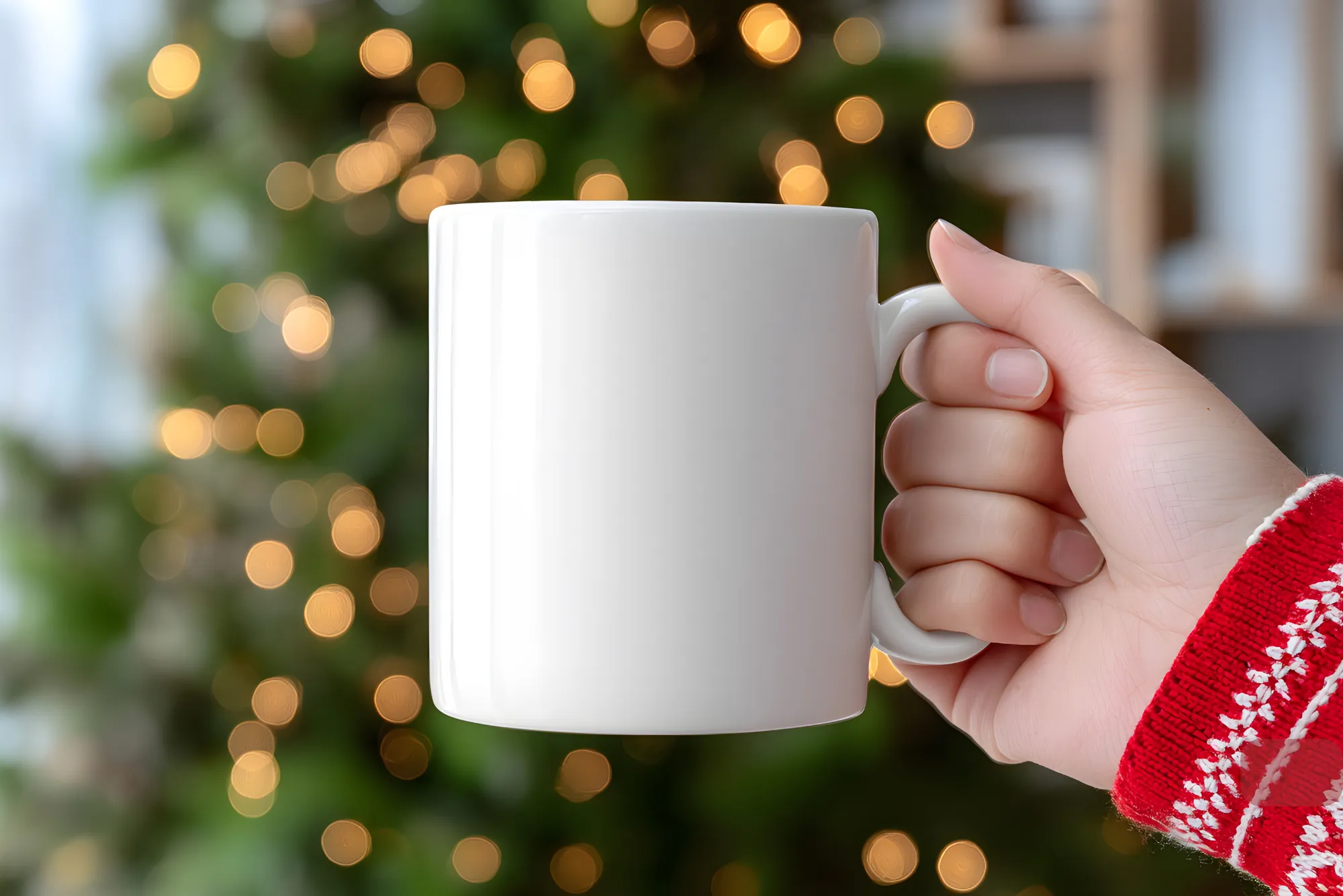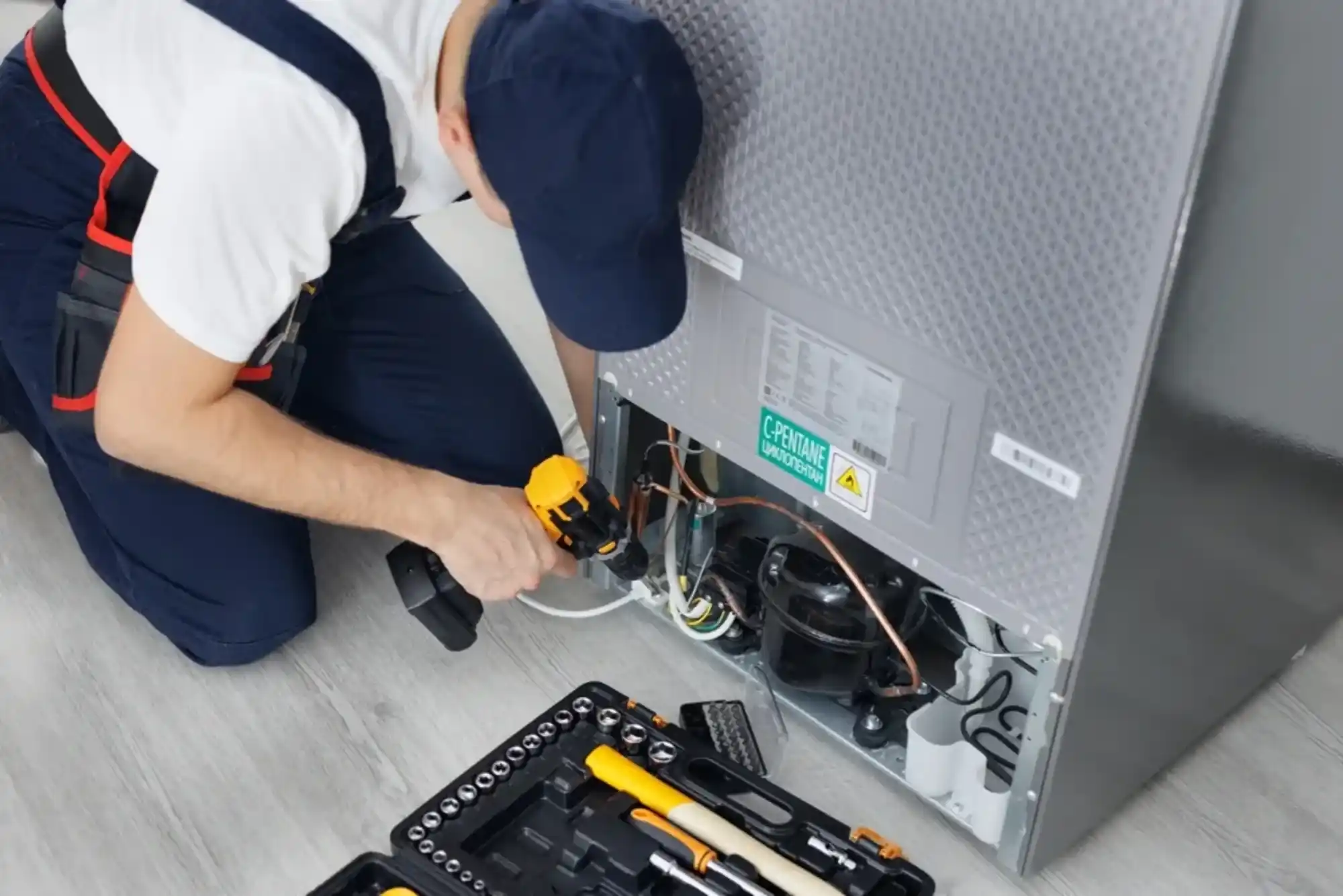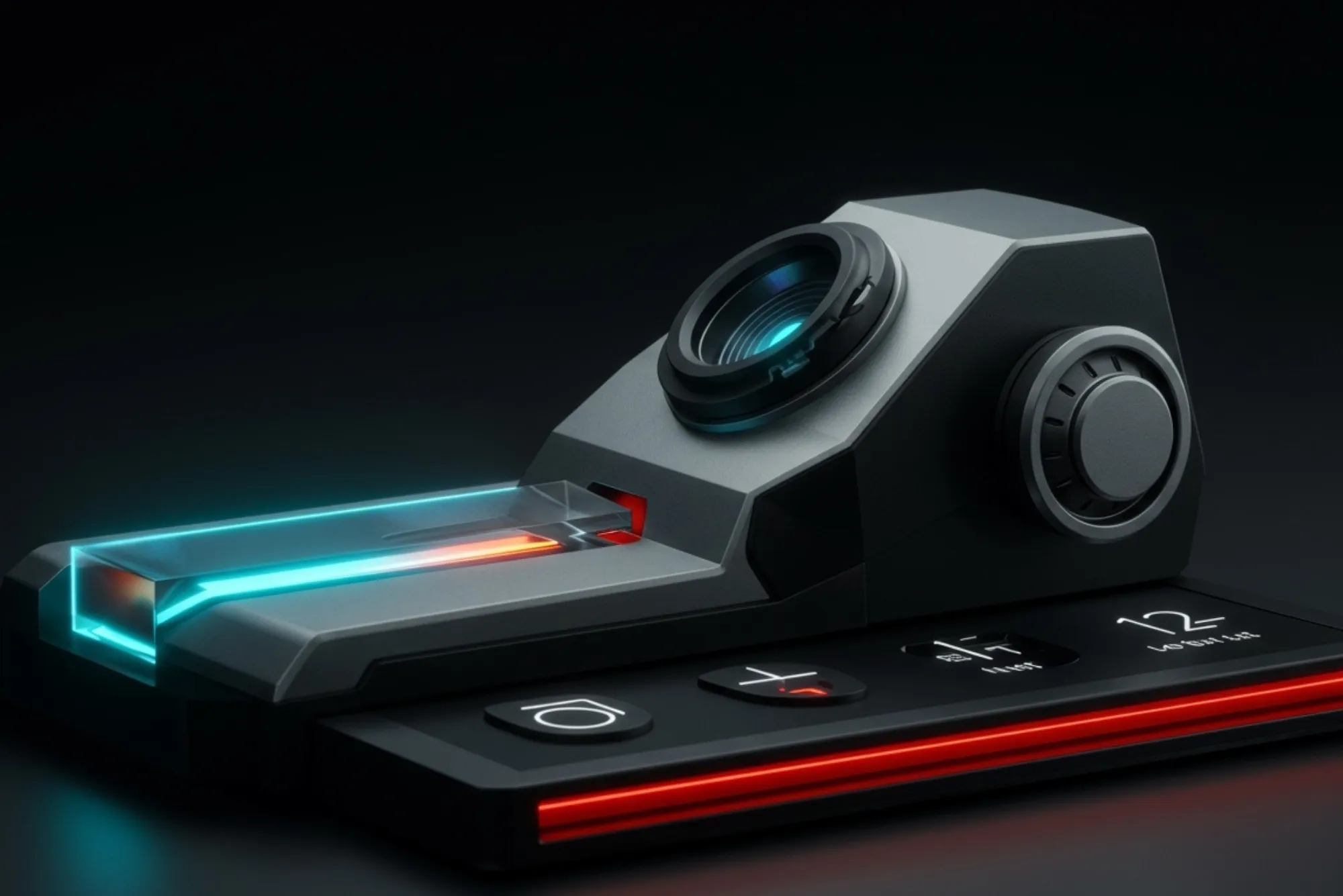As a graphic designer, whether you work freelance, in-house, or run your own agency, tracking your time accurately is one of the most valuable habits you can develop. For years, I struggled with balancing creativity and structure—I’d get lost in the zone designing for hours, only to realize later I had no idea how much time I had actually spent. That made quoting future projects harder, underbilling a common issue, and productivity more a feeling than a fact.
Eventually, I discovered that time tracking wasn’t just about billing clients—it was about understanding how I work, identifying areas of improvement, and managing my workload sustainably. If you’re wondering how graphic designers track project hours effectively, and more importantly, how you can do it in a way that supports your workflow rather than disrupts it, you’re in the right place.
Let’s explore the real-world strategies designers use, the role of a good time tracking app for designers, and how it all ties into the bigger picture of running a successful creative business.
Why Time Tracking Matters in Design Work
Design is inherently nonlinear. Unlike some professions where outputs can be tied directly to hours, creativity doesn’t always work that way. You can spend three hours ideating and one hour executing—and both are equally important to the final deliverable. This often makes traditional time tracking feel incompatible with how we actually work. But without some form of tracking, we lose valuable data.
Time tracking helps designers:
-
Quote projects accurately. If you know how long similar tasks have taken in the past, you can price new projects with confidence.
-
Understand your workflow. You can see what parts of your process take longer, which clients require more revisions, and when you’re most productive.
-
Avoid scope creep. If you’ve quoted 10 hours and you’re at hour 12, time logs provide evidence to renegotiate terms or bill extra.
-
Justify your rates. For newer designers especially, clients may ask for breakdowns. Having clear time reports helps reinforce your value.
These benefits only come if you’re tracking consistently and with the right tools—something that took me a bit of trial and error to figure out.
How Designers Typically Track Time
There’s no one-size-fits-all method. Some designers still use notebooks and Excel sheets, jotting down hours manually. While that may work for a few projects or those with rigid routines, most professionals I know—including myself—eventually move to digital solutions.
The most common methods I’ve seen used are:
Manual Logging: Writing down start and stop times in a notebook or spreadsheet. This method gives you total control, but it’s easy to forget or miscalculate. I used to underestimate time regularly until I realized I wasn’t accounting for little interruptions or context switching.
Built-in Timers in Project Management Tools: Some platforms like Asana, ClickUp, or Monday.com include time tracking features. These are helpful if you’re already using the tool for project management. However, I found them to be a bit clunky when it came to switching between projects quickly or doing freelance work across multiple clients.
Dedicated Time Tracking Apps for Designers: This is where things get more interesting. A time tracking app for designers is built with the creative workflow in mind. These tools let you track hours without interrupting your process. Many come with features like idle detection, timeline views, automatic reminders, and integrations with design tools or billing software.
What to Look for in a Time Tracking App for Designers
There are hundreds of time tracking apps out there, but not all are well-suited to the design profession. The right app should feel like an extension of your workflow—not an added burden. Here’s what I now consider essential in any time tracking tool I use or recommend to other creatives:
1. Ease of Use:
If you have to jump through hoops to start and stop a timer, you won’t stick with it. The app should offer one-click tracking, ideally from your desktop or browser extension. Some apps even let you start tracking from your design software directly.
2. Project and Client Organization:
Being able to organize time entries by client and project is a must. This makes it easier to generate reports, invoice clients, and see where your time is going.
3. Visual Timeline or Reports:
I’m a visual person, like most designers. Seeing my week laid out in a visual timeline helps me understand how I’ve spent my time. It also helps spot gaps or overlaps.
4. Invoicing and Billing Integration:
If you’re freelancing or running your own studio, the ability to turn time logs into invoices saves hours. Many designer-friendly apps integrate with platforms like QuickBooks, FreshBooks, or even PayPal.
5. Mobile App Availability:
Designers aren’t always tied to a desk. Whether you’re sketching in a café or meeting a client, being able to track time on the go is invaluable.
Top Time Tracking Apps for Designers (Based on Real Use)
While I won’t give a full rundown of every option out there, I can share a few I’ve personally used or that come highly recommended within design circles:
Toggl Track – Probably the most popular among creatives. It’s simple, free for individuals, and offers detailed reporting. I like its minimalist interface and that it doesn’t try to do too much.
Harvest – Great for freelancers and small agencies. You can track time, manage invoices, and even track expenses. It integrates nicely with apps like Trello, Basecamp, and Slack.
Clockify – A free option with a generous feature set. Offers team tracking, reports, and integrates with popular project tools. Ideal if you’re working with contractors or need to log team hours.
Everhour – Particularly good if you already use project management software like Asana or Jira. It embeds right into your workflow, making tracking feel less like a separate task.
Timely by Memory – This one stands out because of its AI-powered time tracking. It records everything you do during the day and suggests entries. It’s especially useful for those who forget to hit “start” or “stop”.
Whichever you choose, the most important thing is to use it consistently. For me, the best app was the one I’d actually remember to use. That meant simple interface, quick setup, and minimal friction.
Building a Habit Around Time Tracking
Starting with a new time tracking app for designers is easy—sticking with it is the hard part. I struggled in the beginning because I’d forget to track or feel guilty when I’d miss a few hours. But here’s what helped me turn it into a habit:
I scheduled five minutes at the end of every workday to review and update my entries. Even if I forgot to track in real-time, this mini check-in let me catch up while things were still fresh.
I also learned to stop treating it like a chore. Instead, I reframed it as a way to protect my creative time. If I knew how long a project actually took, I could avoid overbooking, preserve time for personal work, and stop feeling overwhelmed.
Over time, it became second nature—start a project, start the timer. Stop the timer, write a note. It’s become such a part of my process that I rarely think about it now. And the benefits have been immense: more accurate quotes, better client communication, and a clearer picture of my productivity.
Tracking Hours Doesn’t Kill Creativity
A common myth is that tracking time stifles creativity. I understand the fear—if you’re watching the clock, can you truly lose yourself in your art? But the truth is, once time tracking becomes a habit, it fades into the background. You’re not working less creatively; you’re just becoming more aware of how you work.
And that awareness is powerful.
When I looked at my time logs, I noticed patterns I never would have seen otherwise. I realized I was spending too much time on initial concepts and not enough on refinement. I saw that I worked faster in the mornings and that certain clients led to more revisions than others. I used this insight to change how I schedule my day and who I take on as clients.
It made me a better designer—and a smarter business owner.
Final Thoughts
Tracking project hours doesn’t have to be complicated, and it doesn’t have to feel like a burden. Whether you’re freelancing, working in a creative team, or managing multiple clients, using a dedicated time tracking app for designers can help you stay organized, improve your pricing, and grow your business with confidence.
At the end of the day, time is our most valuable resource. The better we understand how we use it, the better we can design a life and career we love.











